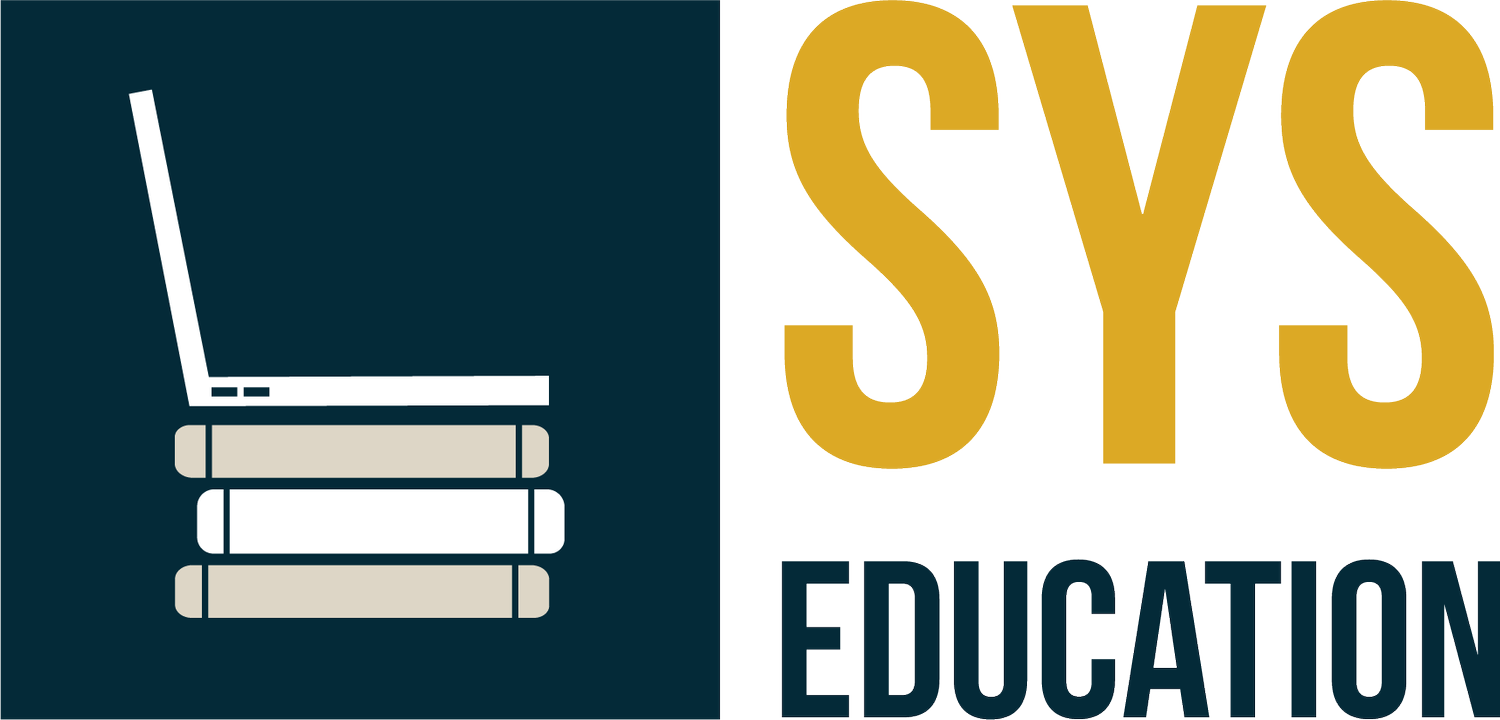ELA Credit Recovery Online
By Maddy Dahl
The pandemic left several students with gaps in their high school credits, which in turn has meant schools must develop new methods for helping these students catch up. Credit recovery courses aim to reteach and capture the knowledge students should have demonstrated through a class they have already taken. Since we are accessing prior knowledge, credit recovery courses do not need to include every aspect that a regular course should include. Designing a credit recovery course with the pared down content so students can show a proficiency of the necessary skills needed to earn a “pass” in the course can help students gain missing credits quickly and fill in knowledge gaps.
For a standard English course, I want to ensure that students have grade appropriate reading comprehension and writing skills. Through creating carefully scaffolded courses with clear instructions, I can ensure that students are meeting the necessary standards and showing proficiency in their skills.
Throughout this post, I will go through my process when designing a 9th grade Language Arts credit recovery course. Each semester of this course is designed to be completed in six to nine weeks.
Using Anchor Standards and Skills
When developing credit recovery courses, teachers and administration must first ask the following: What standards are absolutely necessary for a student to show they have mastered the content taught in this course? Literacy World Wide has a great chapter on how to use standards effectively. Once the standards have been pared down, the work of developing effective and meaningful credit recovery tools can begin.
My school uses semesters, so I focus on informational text and explanatory writing for one semester, then the next semester focuses on fiction text and argumentative writing. Essentially, each semester focuses on a different set of skills related to reading and writing. That way, I ensure that students produce finished assignments that demonstrate their knowledge in the subject by the end of each semester.
Deciding on Assessments
As mentioned above, I focus on finished student products that demonstrate necessary ELA skills. Each semester I want students to produce one longer reading comprehension work sample, usually answering a series of questions related to an article or fiction text. Additionally, I want students to produce one short essay each semester. Though in a normal class I would have students complete several of these types of assessments each semester, the pared-down credit recovery course streamlines my regular course to make sure that students can recoup missed credits in a timely manner.
In Oregon, a Reading Work Sample measures a student’s ability to demonstrate understanding of a text, develop an interpretation of a text, and analyze a text. The organization of my classes follows this pattern as it allows me to use a gradual release of responsibility as the complexity of the assignment mirrors the complexity of the skills. I start students off with very short articles and simpler assignments like summaries. As we progress through the semester, the readings increase in length and complexity, as do the assignments.
By the end of the semester, students complete one Reading Work Sample, which fulfills an Oregon graduation requirement. Online, this requires setting up an individual Zoom session with the student in which they share their screen with me while they complete the assignment. The assessment takes about an hour to complete, but it’s worth it since the student won’t have to worry about fulfilling that graduation requirement later on in high school. Additionally, since the credit recovery classes tend to be small, it only takes a few hours of my time overall. This is by no means a requirement, but helps me to make sure students see value in completing their credit recovery course beyond a single credit.
Importance of Videos
Creating an asynchronous course requires clear directions with scaffolding and outlines. For my class, most instructions include a video of me either explaining the concept the assignment covers or a video of me explaining how to complete the assignment with examples. These videos ensure that students understand and can complete the assignments.
I personally record all my videos, but there are many sources online that have videos that can be used in any course. Free online resources such as Khan Academy and Crash Course are also great resources for explaining concepts to students. Any videos and readings you include should be directly tied to the products students will use to demonstrate their mastery of the standards.
Office Hours Check Ins
Since my course is asynchronous, I don’t have traditional live sessions. Instead, I have office hours sessions in which students can come to check in and ask questions about assignments. This allows students to work at their own pace, but also allows me to make sure students understand the content.
Getting Results
Providing students a chance to recoup missing credits quickly helps to put students back on track for graduation. In my experience teaching this credit recovery class, students who regain credits through credit recovery are able to gain confidence in their future English classes and many graduate on time.
Maddy has been teaching English online for a decade. She has developed curriculum and taught classes ranging from reading and writing intervention to advanced placement courses. As an Instructional Coach for SYS, Maddy helps teachers build online content that is both rigorous and engaging for students.


